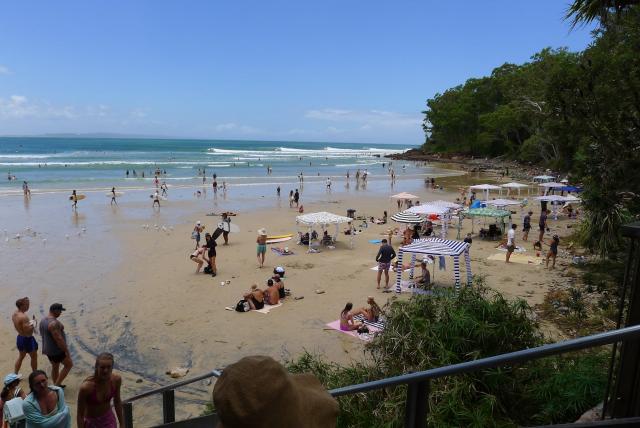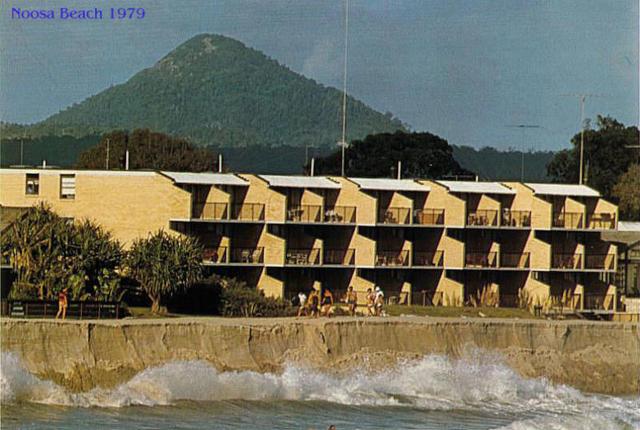Since New Year’s Day Noosa’s Main Beach has been under almost daily bombardment from powerful easterly swells, including three days of dangerous high surf courtesy of TC Seth.
It’s made life tough for our lifeguards and volunteer patrols, but strangely, despite the predictions of the scientists, the battering has not moved more than a few grains of the Sahara of sand that has covered the beach for almost two years now.
Last April University of Sunshine Coast researcher Daniel Wishaw told Noosa Today that Main Beach had accumulated more than 60,000 cubic metres of sand since 2019, and there having been no significant swell events for the remainder of last year, it is reasonable to assume that there was as much as 70,000 cubic metres sitting there when Cyclone Seth’s power-packed swell, coupled with a two-metre king tide struck on New Year’s Day.
How much of it is left now? Well, probably about 69,999 cubic metres!
Back in April Daniel Wishaw described how the sand had got there and what it might take to remove it: “For First Point, the sand has really built up there because we have had two relatively quiet summers with respect to wave activity, which would usually push that sand through the system. The combination of having a big 2019 and a quiet 2020 and 2021 so far, means we have had a big build-up, with a lot of backlog still to be cleared from Little Cove. Effectively, that’s sand in the bank for Main Beach, so it’s going to take a considerable and prolonged swell event, or a couple of them in a row, to flush the sand out of First Point and make a difference.”
The “difference” Daniel and his USC research colleagues were referring to is the quality of the First Point wave for surfboard riding, and while the world famous point break has not returned to its best, there were hopeful signs during the Seth swell when waves broke wider into the bay and finished up as zipper-like tubes across Main Beach.
Of course, for the record number of holidaymakers in town, the more sand the better, the more space for striped cabanas. But with wave and weather data suggesting that we will see continued easterly swell action from activity in the Coral Sea and the Pacific through to February, surfers haven’t given up on true First Point returning for the autumn season.




![[READER COMPETITION] – Win a Viking european river voyage valued at $16,190](https://noosatoday.com.au/wp-content/uploads/2025/07/viking-competition-wesbite-image-3-324x235.png)




